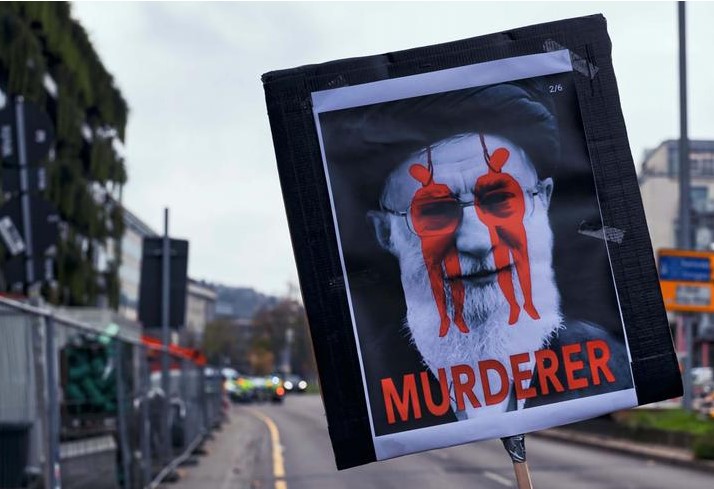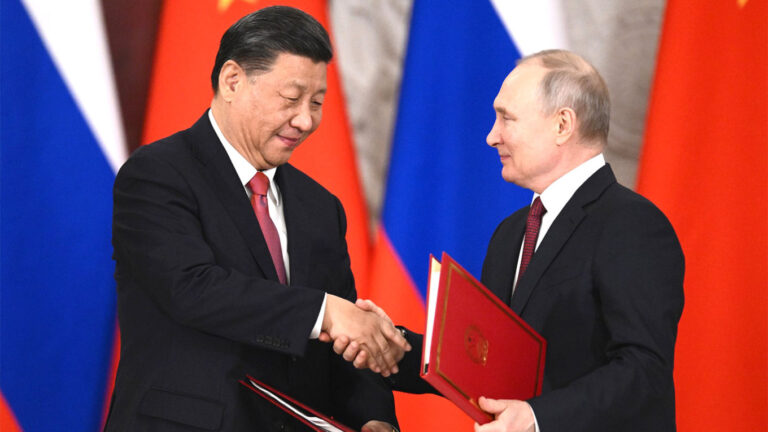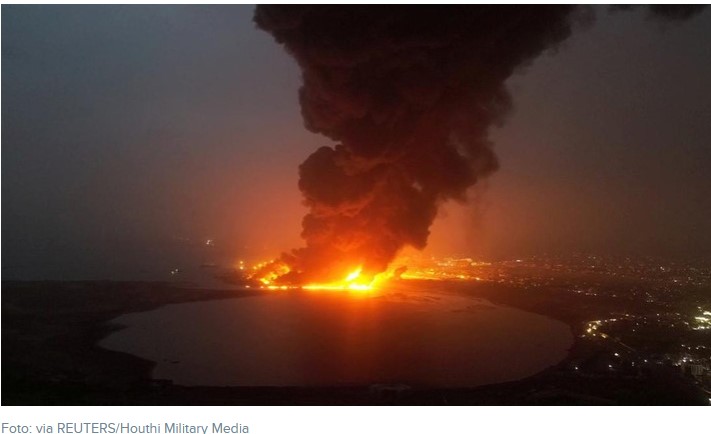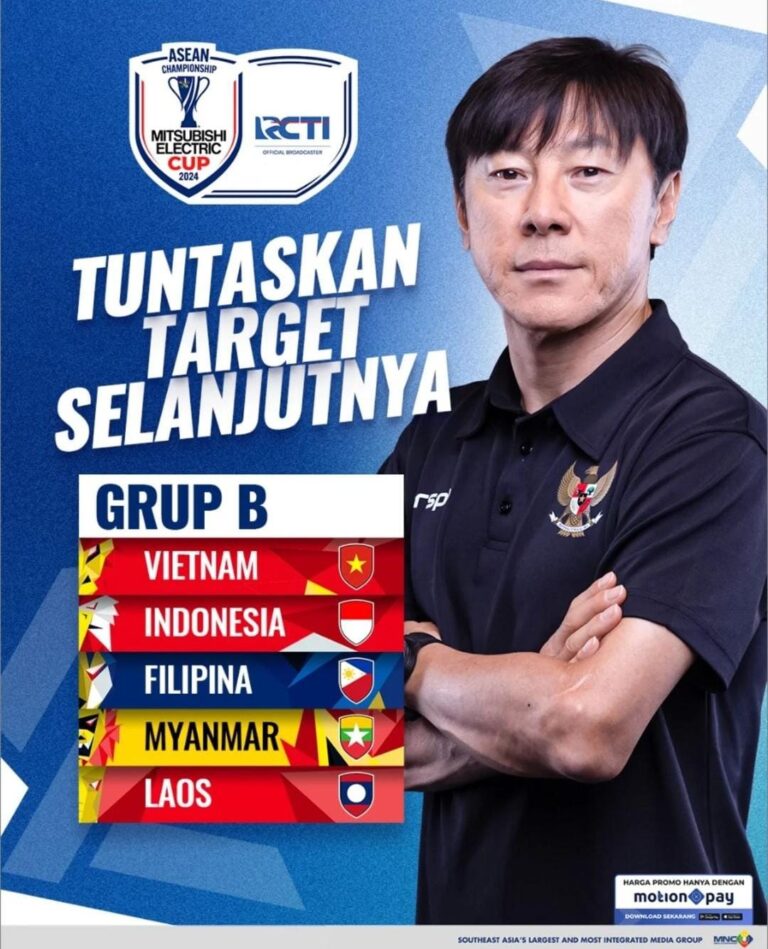
STRATEGIC ASSESSMENT. On November 11, 2022, Germany and Iceland, with the support of 44 other states, submitted an official request to convene a special session of the United Nations Human Rights Council to address the Iranian regime’s violent crackdown over more than two months of protests. The unrest started as a reaction to the death in custody of a young woman, Mahsa Amini, who was detained for allegedly violating the regime’s public dress code. Protests have since expanded into a major, nationwide rebellion led by women, encompassing longstanding grievances over the regime’s repression, corruption, global isolation, and alliances with violent regional factions and dictators. The strength of public support for the protesters was visible even at the FIFA World Cup, when the Iranian team refused to sing their national anthem and their captain expressed solidarity with the protest movement. As of November 17, the regime’s security forces, led by the Islamic Revolutionary Guard Corps (IRGC) and its militia, the Basij, have killed over 350 protesters, including over 40 minors, and arrested more than 15,000. The U.N. Human Rights Council special session on Iran, to be held tomorrow, November 24 (the U.S. holiday of Thanksgiving), is widely expected to adopt a resolution calling on Tehran to prevent extrajudicial killings, enforced disappearances, sexual and gender-based violence, arbitrary arrests, detentions, torture, and other cruel or inhumane punishments. A recent CNN report went into detail about allegations of security forces abducting and raping both men and women.
Although Iran’s regime is unlikely to heed the calls of the U.N. session, the meeting gives cover to world economic powers to impose additional sanctions against regime officials and security institutions. Moreover, it sends an important signal of solidarity to the protesters and increasing isolation for the Iranian government. Even before the latest unrest, the United States and the European Union (EU) had already sanctioned numerous Iranian individuals and security institutions, including the IRGC, Basij, Law Enforcement Forces (LEF), Iranian prisons, and other institutions, for human rights abuses. The U.S. and EU sanctions are similar insofar as they ban travel and freeze the assets of persons sanctioned, and forbid U.S. and EU citizens from conducting financial transactions with the sanctioned entities. The United States has added several sanctions designations in the context of the latest crackdown.
On November 14, in advance of the U.N. special session, the EU added sanctions designations on: the four security officers who arrested Mahsa Amini, provincial heads of the LEF and the IRGC, Iranian Cyber Police chief Vahid Mohammad Naser Majid, Minister of Interior Ahmad Vahidi, and Brigadier General Kiyumars Heidari, the Commander of the Iranian Army’s Ground Forces. Heidari’s designation represents somewhat of a departure from past episodes of unrest in which Iran’s Army, the national army that existed before Iran’s 1979 Islamic Revolution, has consistently refused leadership requests to become involved in suppressing domestic unrest. The new designations brought the total sanctioned for human rights abuses by the EU to 126 Iranian individuals and 11 entities. The EU also sanctioned Iranian state television broadcaster Press TV for producing and broadcasting forced confessions of detainees.
No U.N. or international official expects that the Human Rights Council special session will cause Iran’s leadership to allow free and unfettered demonstrations, or change its policies on the public dress code or other issues. Iranian leaders appear to be convinced that the uprising poses a serious threat to the regime and that it requires an intensified and violent response. Some members of Iran’s elected Majles (parliament) have criticized the use of violence against demonstrators which has resulted in the killing of several children and youths among the protesters, but no high-level government official has called for compromise with protestors or their demands. In November, a majority of the Majles members signed a statement that appeared to support death sentences against protesters who had been arrested. Supreme Leader Ayatollah Ali Khamenei has resorted to his standard playbook – accusing the demonstrators of being instigated and supported by foreign powers, particularly the United States and Israel. Iran’s leaders have sought to reinforce the charge by claiming that the United States and its allies are using regional allies, such as Iraq’s Kurds, to arm and support Iranian demonstrators. Iran has recently conducted a series of attacks on anti-regime Kurdish groups inside Kurdish-controlled northern Iraq that Tehran says have been supporting protesters in the Kurdish areas of northwestern Iran. The Kurdish areas of Iran, where Mahsa Amini is from, have seen the most intensive protests thus far. In mid-November, IRGC naval elements conducted an armed drone attack on an Israeli-owned oil tanker off the coast of Oman – an apparent effort by the regime to lash out at foreign powers that it says are fomenting the unrest.
Iranian regime leaders appear to remain convinced, despite evidence to date, that violent tactics will eventually quell the unrest. The government will likely continue to use live ammunition, often fired from building rooftops on groups of protesters, death sentences, Internet blackouts, and other violent measures from its standard playbook in an attempt to contain the unrest. However, unlike the several cycles of unrest over the past 15 years, the current uprising, which has unified people across ethnic, class, and geographic boundaries, is likely to continue to defy the regime’s crackdown. The use of brutal tactics has caused the unrest to gain momentum, not retrench, moving well beyond the women who have both led and constituted the core of the uprising to date. Bazaar merchants and laborers also joined the uprising by conducting periodic and sometimes sustained general strikes and business shutdowns. Women in major cities now routinely defy the dress code requiring head coverings in public, to the point where the dress code has been rendered essentially moot. Protesters routinely fight back against security forces, often forcing them to retreat. In mid-November, protesters took the unprecedented step of burning down the childhood home of the founder of the Islamic Revolution, Ayatollah Ruhollah Khomeini, that had been turned into a museum. The upcoming Human Rights Council meeting, although a significant international step, is unlikely to affect the outcome of the uprising to the same extent as will the fortitude and resilience of Iran’s protesters. It will nonetheless serve as a reminder of the actions of Iran’s government against its own people and an important signal of solidarity with the protest movement, though the final outcome will be for Iranians to decide.





